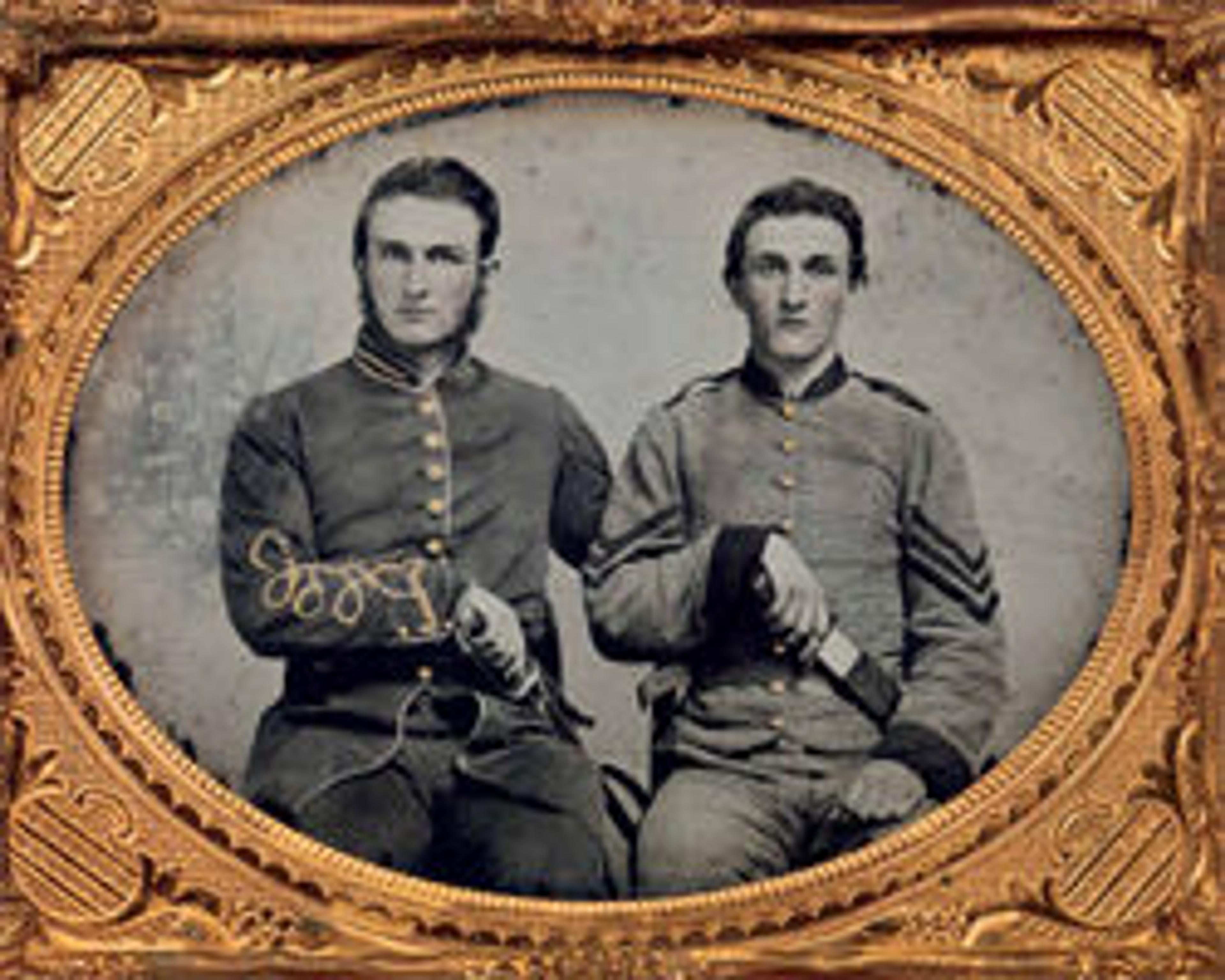Wheat–Field in Which General Reynolds Was Shot
This atypical Civil War panorama shows the artist looking over a split-rail fence at the Gettysburg battlefield where one of America's greatest armed conflicts raged for three bloody days. Brady, America's self-appointed photographic "historian," arrived at Gettysburg several days after the battle had ended (July 3, 1863) and after the last of the 7,500 dead had been buried. The photograph's misleading title is derived from the image's reproduction in Harper's Weekly three weeks after the battle. Current scholarship now confirms that Union General John F. Reynolds was shot by a Confederate marksman beyond the visible tree line known as McPherson's Woods, not in the wheatfield. Nonetheless, the view offers a rare glimpse of Brady in the field.
Artwork Details
- Title: Wheat–Field in Which General Reynolds Was Shot
- Artist: Unknown (American)
- Former Attribution: Formerly attributed to Mathew B. Brady (American, born Ireland, 1823?–1896 New York)
- Date: July 1863
- Medium: Albumen silver prints from glass negatives
- Dimensions: Panorama: 15.7 × 40.9 cm (6 3/16 × 16 1/8 in.)
- Classification: Photographs
- Credit Line: Harris Brisbane Dick Fund, 1933
- Object Number: 33.65.352, .391
- Curatorial Department: Photographs
More Artwork
Research Resources
The Met provides unparalleled resources for research and welcomes an international community of students and scholars. The Met's Open Access API is where creators and researchers can connect to the The Met collection. Open Access data and public domain images are available for unrestricted commercial and noncommercial use without permission or fee.
To request images under copyright and other restrictions, please use this Image Request form.
Feedback
We continue to research and examine historical and cultural context for objects in The Met collection. If you have comments or questions about this object record, please contact us using the form below. The Museum looks forward to receiving your comments.
